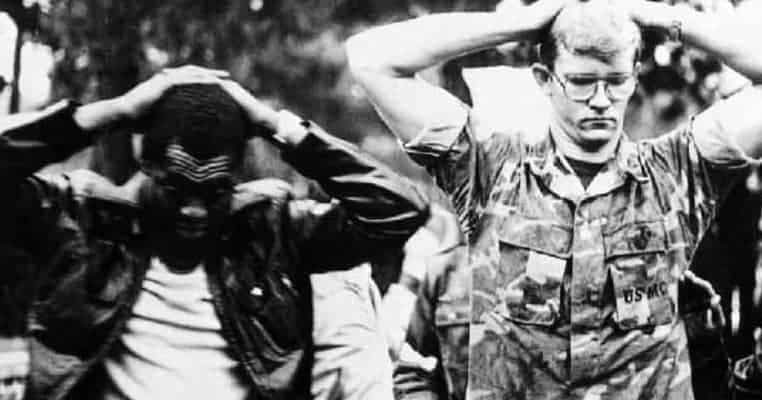One of the most dramatic developments of the Iranian Revolution, the one that still shapes Iranian-American relations today, is the ordeal that came to be known as the Iranian hostage crisis. It began in November of 1979 when students from the University of Tehran seized the US embassy and took dozens of diplomats hostage. They were held for 444 days in brutal conditions before finally being released.
The Iranian hostage crisis froze relations between Iran and the United States, two countries that had previously been friendly to each other. However, before the crisis, American diplomats and politicians had failed to notice the political foment and rebellion that was forming in Iran against the shah, particularly against his policies that were backed by the United States. In particular, they were still angry about the CIA-backed coup of Mohammad Mossadegh in 1953. Mossadegh was the first democratically elected prime minister in Iran’s history, and his leadership had been Iran’s opportunity to become a modern democracy. The United States took that opportunity away from Iran by having him overthrown and instating the shah as a leader with almost unlimited power. The people of Iran wanted both the shah and the United States entirely gone from their country.
Today, the hostage crisis stands out as an event that fundamentally changed the Middle East and still provokes tension between the United States and Iran. Renewed sanctions against Iran in November 2018 exacerbated those tensions. Read on to learn more about the Iranian hostage crisis and to understand why it is still so relevant to international politics today.

